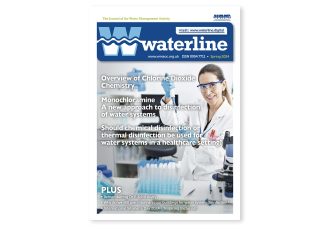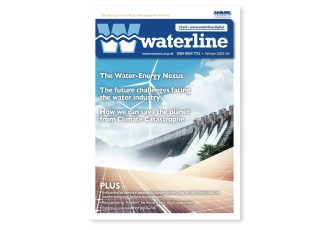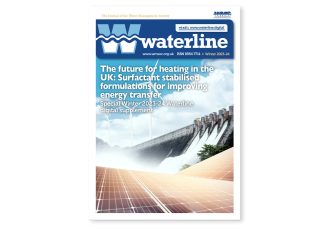As featured in Waterline Summer 2024 Reducing healthcare acquired infections through new technology By Jonathan Waggott, Managing Director of Angel Guard Healthcare-acquired infections (HCAIs)are, as the name implies, infectionscontracted as a direct result of treatmentor being within a healthcare settingat time of contraction. As we are wellaware, HCAIs pose a serious risk topatients, staff, and… Read more »
We can offer our customers several secondary disinfection options to control issues like biofilm formation and harmful bacteria proliferation
Genox or chlorine dioxide
For water usage above 60m³/day, we recommend installing either a chlorine dioxide unit or a Genox unit. The Genox units generate hypochlorous acid from brine electrolysis with running costs as low as 4.0 pence/m³.
Ultralox 40 or SuPerSil
For smaller systems, continuous dosing with Ultralox 40, a hypochlorous acid solution, is a cost-effective alternative with few safety risks.
Similarly, silver peroxide dosing suits low to medium water usage systems.
For more information contact [email protected]















